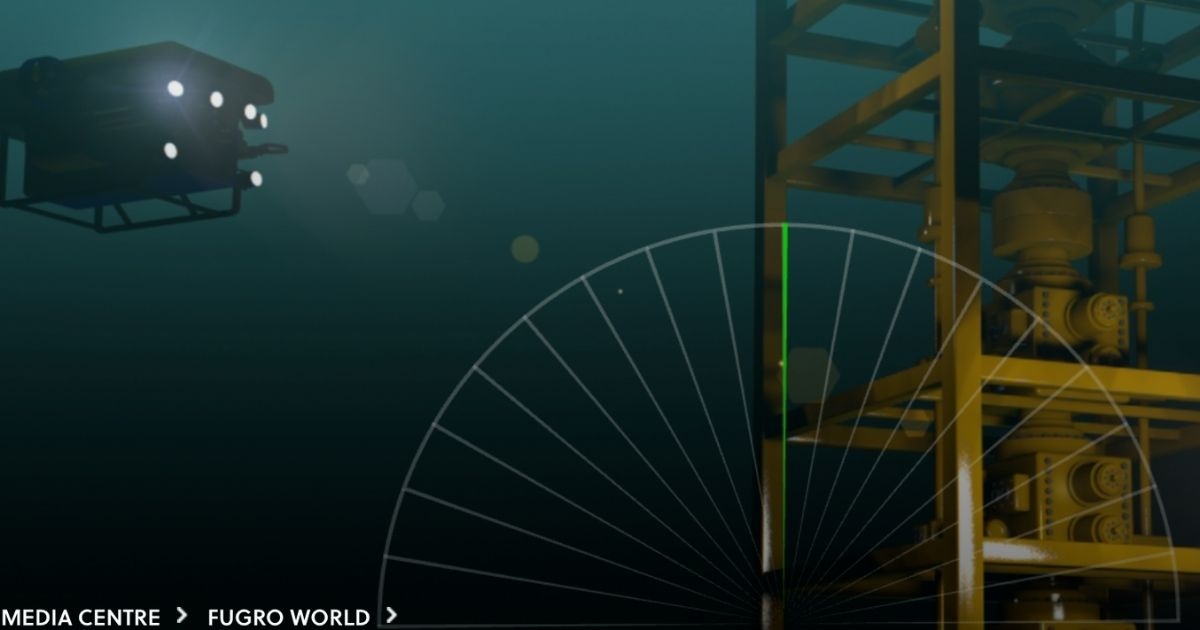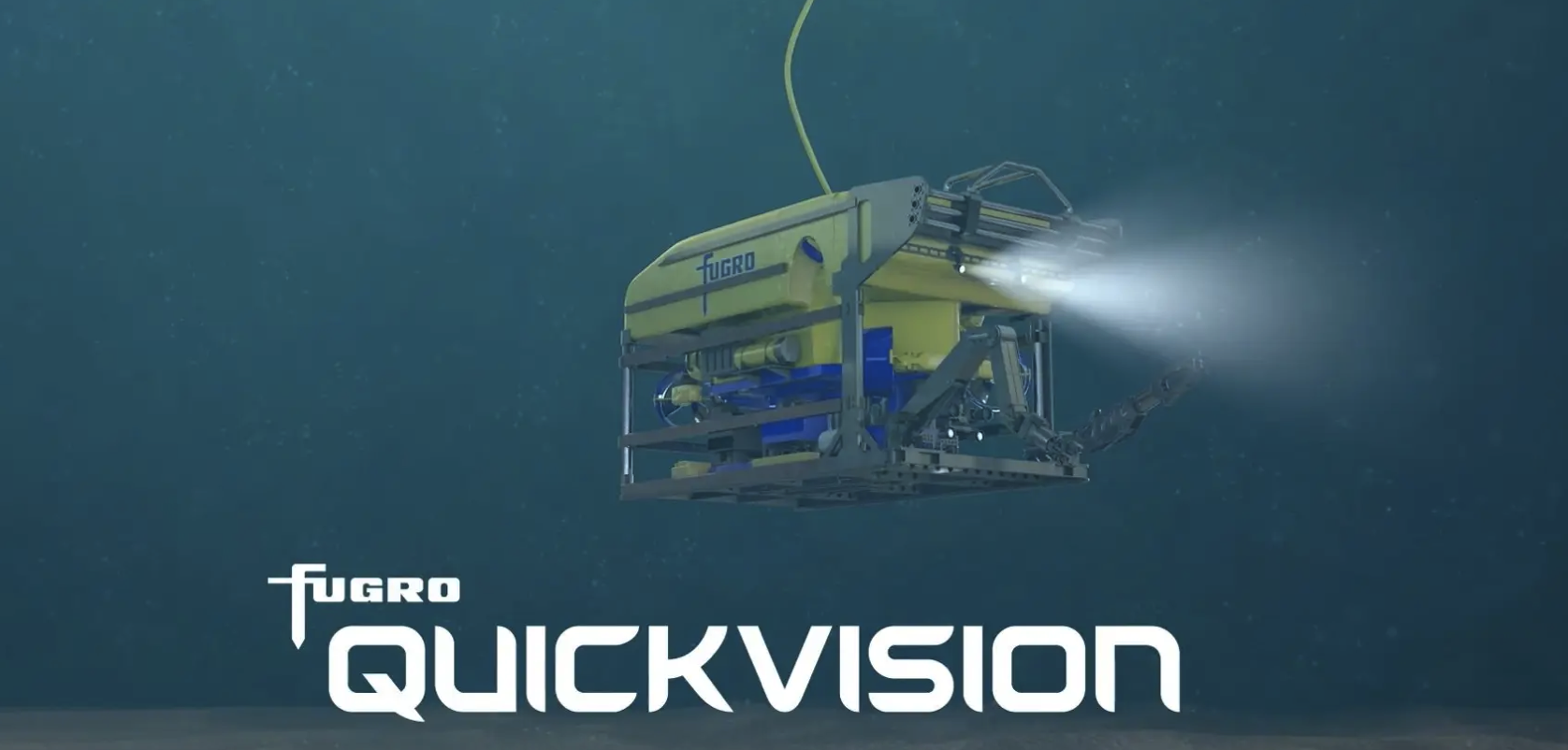How Machine Vision Technology Reduces Offshore Wind LCOE

By Sjoerd Butter, Product Owner of Vision Technologies at Fugro
 The world needs to find cleaner, safer, more sustainable ways to meet its rapidly accelerating energy needs. Vision technology solutions contribute to improving the efficiency and safety of offshore wind farm installation reducing the levelized cost of energy (LCOE) to provide a financially feasible alternative to fossil fuel. The growth of the world population, industrial activity and technological advances are contributing to the relentless increase in global energy demand. Fossil-based energy sources are a major polluter and a key contributor to global warming, so the world is turning its attention to cleaner, renewable alternatives.
The world needs to find cleaner, safer, more sustainable ways to meet its rapidly accelerating energy needs. Vision technology solutions contribute to improving the efficiency and safety of offshore wind farm installation reducing the levelized cost of energy (LCOE) to provide a financially feasible alternative to fossil fuel. The growth of the world population, industrial activity and technological advances are contributing to the relentless increase in global energy demand. Fossil-based energy sources are a major polluter and a key contributor to global warming, so the world is turning its attention to cleaner, renewable alternatives.
Floating wind is part of the solution. However, it currently has a far higher LCOE than fossil fuels and land-based renewables, because installing and operating infrastructure in a marine environment is more costly and carries greater risk. Using vision technology is proved to accelerate offshore wind installation schedules while reducing vessel time, safety and overall cost.
Optimize installation
Conventional offshore monopile, subsea asset or foundation installation methods involve bolting expensive and bulky physical sensors onto the structure or pile and halting the installation process, at regular intervals to carry out physical measurements near the monopile or to replace failed batteries or cables. They also require the removal of the sensors on completion. These are inefficient, risky, time-consuming and costly processes.
Vision technologies eliminate the need for personnel to physically interact with sensors during the installation stage, removing safety risks and reducing vessel time. The uninterrupted flow of real-time data provided by this contactless solution speeds up the project schedule and drives down operational costs.
Fugro remains at the forefront of vision technology developments, including:
- In house machine-vision camera systems – we combine the raw data from the camera with the data from other sensors available on the vessel or remotely operated vehicle (ROV). Our surface camera has an integrated motion reference unit that allows to filter noise introduced by piling operations or vessel (heave) motion. Using sensor fusion principles, all this highly accurate information is combined in real-time so that the video footage can be used to calculate the asset position, attitude and true heading. The accuracies for verticality exceed standard typical client requirements (2.5° and 0.25° respectively) by a long way.
Fugro’s smart camera system includes an integrated ‘mini computer’ that calculates the various positioning elements. This significantly reduces bandwidth consumption, enabling real-time information to be transmitted to the vessel using Wi-Fi rather than a cable – ideal for use on offshore wind generator installation or when operating ROVs;
- InclinoCam® – Using the surface machine vision camera and edge tracking algorithms, InclinoCam® delivers continuous verticality and heading measurements to the surveyor onboard the vessel.
The cameras are installed on the vessel, usually on the railing, and hardwired to a computer onboard. They are dimensionally controlled, so remain in situ, ready for use in positioning all of the wind farm’s monopiles. The time and cost savings on larger projects are substantial. The data is delivered in real-time as a user-friendly image on screen. The operator can then make any necessary adjustments promptly and with a high degree of accuracy
- QuickVision® – this solution involves a coded pattern which is stuck onto the subsea asset or foundation. The smart subsea camera is operated from an ROV. The smart camera combined with a range of sensors typically available on an ROV, tracks the coded pattern to measure the position, heading and attitude of the subsea asset in real time. Using QuickVision® removes the need for any physical sensor to be attached to the asset, resulting in significant risk mitigation and time reduction.
 Gearing up for the future…
Gearing up for the future…
Although we have focused on installation, Fugro enables developers and operators to introduce important efficiencies at every stage of the offshore wind project life cycle, reducing the LCOE to make it a more feasible and competitive energy source.
Floating wind is in its infancy. We believe it will enable developers to install their wind farms in larger, deeper areas of water in remote offshore locations that have excellent wind potential. Once production is at scale, we anticipate that our QuickVision® technology will accelerate the accurate positioning of the suction piles anchoring or similar foundations for the floating platforms.

